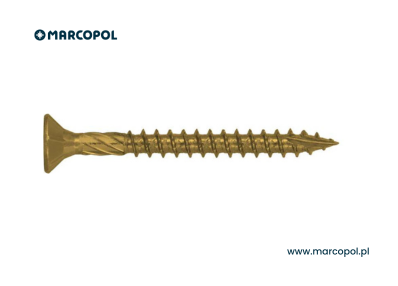
What are the best ways to join wooden beams?
Joining wooden beams is a key element in construction and carpentry that impacts the durability and stability of wooden structures. There are many methods of joining beams, which can be applied depending on the type of structure and materials used. In this article, we will discuss various methods of joining beams, highlighting their applications and advantages.
What are the methods of joining wooden beams?
The most popular methods for joining wooden beams include mortise and tenon joints, lap joints, and longitudinal splices.
- Mortise and Tenon Joints: One of the oldest and most durable techniques, this method involves inserting one element into another, ensuring connection stability.
- Lap Joints: This method involves overlapping two beams and is commonly used in ceiling constructions.
- Longitudinal Splices: Beams are joined using glue or screws, ensuring a solid connection along their length.
Choosing the right method for joining wooden beams depends on several factors, such as the type of wood, its thickness, and the purpose of the structure. For example, in the case of ceiling beams that need to support heavy loads, stronger joining methods are recommended. Similarly, in roof constructions, using metal fasteners can improve the stability and strength of the entire structure.
What are the most common methods for joining beams?
The most frequently used methods for joining wooden beams include screws, nails, and dowels:
- Screws: Known for their ease of use and high strength, screws enable precise joining of wooden elements, which is crucial in construction.
- Nails: Although less durable than screws, nails are often chosen for their simplicity and speed of application.
- Wooden dowels: A traditional method that provides an aesthetic finish to the joint.
For wooden joints exposed to heavy loads, metal connectors are also used to increase the structure’s stability. Adapting the joining method to the specifics of the project and materials is crucial to ensure the safety and durability of the construction.
How to choose the right method for joining beams?
The choice of the appropriate method for joining wooden beams should depend on several key factors, such as the type of wood, the load the structure will need to bear, and its location. For smaller structural elements, such as purlins, less complex methods like nailing can be used. Besides strength, the aesthetic of the structure is also an important factor. When selecting a joining method, it is worth considering the availability of materials and tools required to make the joints. The proper choice of a joining method not only affects the quality of the work but also the time needed to complete the project.
What to consider when choosing a joining method?
When choosing a method for joining wooden beams, the key considerations should include the strength of the joints, as this is essential for the stability of the entire structure. It is also important to understand the loads that will act on the joints to select the appropriate technique. For instance, in roof constructions where dynamic loads occur, the use of metal fasteners may be more effective than traditional carpentry methods. Additionally, the durability of the materials used in the joints can impact the longevity of the entire structure.
Aesthetics is also an important factor, especially in projects where wooden elements will remain visible. In such cases, choosing a joining method that is less invasive and more visually appealing will be crucial. Moreover, the ease of execution of the chosen joining method should also be considered, particularly for those with limited carpentry experience. Therefore, before making a decision, it is worth thoroughly analyzing all aspects of the project.
What metal connectors can be used in wooden structures?
In wooden structures, a wide variety of metal connectors are widely used to significantly increase the strength of joints. The most popular ones include anchor plates, angle brackets, and metal nuts.
- Anchor plates: Screwed to wooden elements, these allow for secure connections of beams in corners.
- Angle brackets: Ideal for joining two beams at a right angle, often required in roof and ceiling constructions.
- Metal nuts and screws: Provide additional stability for joints, essential for structures subjected to heavy loads.
Special connectors, such as plate joints, are also used for joining wooden beams along their length. By using metal connectors, the strength of wooden joints can be significantly improved, making them a key component of any construction project. A well-chosen system of connectors can greatly influence the safety and durability of the entire structure, so it is worth investing in high-quality materials.
- Wood screws – selecting length and thread type - 29 October 2025
- Rivet Nuts – sizes, types, and how to use them - 29 October 2025
- Trust the results — act with confidence - 10 October 2025